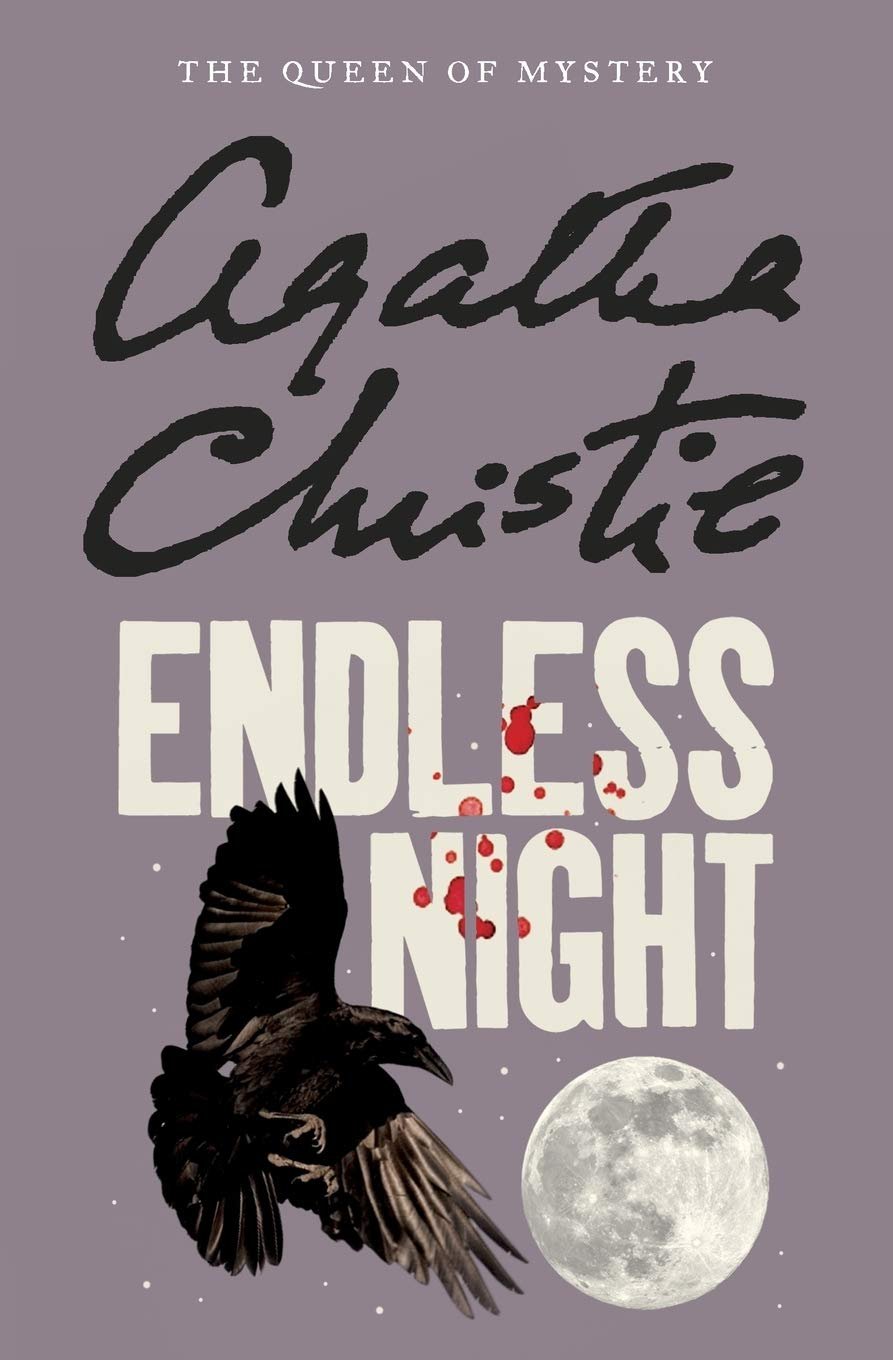And Then There Were None
By: Bobin Park
10 people of all walks of life and a spree of murders on no man’s land. Agatha Christie is a world renown author of mystery books. Often dubbed as “The Queen of Mystery”, most of her books are bestsellers and a favorite amongst those in love with the genre. The first sentence of this article is a brief synopsis of one of her most popular novels, “And Then There Were None.”
As a great fiction reader myself, I had long avoided fiction books. Having held a prejudice against them for being “too complicated and unrealistic,” I had distanced myself from the genre before trying the aforementioned book this summer. I had never realized that the contrary was true. Authors must be less complicated and more realistic for the reader to immerse themselves within the plot and individually analyze the situation for themselves, imploring them to learn more about the story and the ending. The dramaticness only piques the reader’s interest and the realistic setting makes everything comprehensible.
I had thought that mystery books would be less descriptive and here again we see a contradiction. They have to be more descriptive in fewer words in order to continue the reader’s interest. I have noticed that a book is more well described based on the amount of words used to explain it, but these books used comparatively simple ones that highlighted the right amount of detail to their audience.
Back to the book, as this was my first introduction to the world of mystery, I had thought the culprit would be evident by the end of the book. However, it took a brilliant turn and left the characters, much less the reader, clueless and up for analysis. While most mystery books do include the antagonist at the end, Christie’s book was a series of blank spots, even unbeknownst to the characters. Most authors take the time to completely paint the picture throughout the book, but Christie had left out a few parts for the reader to no longer be absolutely confident in the picture they were looking at.
It also took an interesting delve into inspecting the philosophies or way of thinking that were prevalent during the time the book was written. A charge against one of the characters, Philip Lombard, was the murder of native people. The value of an African’s life was still up for debate in 1939, the date of its publication and commonly known as the “Segregation Era.” Even the title of the book was controversial, as its predecessors were “Ten Little N------” and “Ten Little Indians.” While this part of the book isn’t concentrated nearly as much as the rest, it still emphasizes the moral problems that existed and might still be unconsciously alive in today’s society. The book had also contained some feminist themes. The reaction was highly split among today’s critics, as to whether the story had been mostly masculine and led mostly by male characters or whether it had been feminist in that it introduced women that did not follow feminine agenda that was considered the norm in the past. Lombard could be said to have been the epitome of the racist and sexist minds alive at the time. “At any rate, I suppose you’ll leave the women out of it” (pg 133, Christie). While we are unaware of the real intent of authors most of the time, I suspect the personification of a judging society into a white man (all of the characters were white as well) was not a mistake.
On another note, the ending was by far the most intriguing. Only one person was alive and her death was by far the simplest and yet more extraordinary. As any perceived image of a suicide, it was a mental rollarcoaster. How (one of) the protagonist was in a mental breakdown was described so thoroughly that makes the reader think that perhaps it was the most realistic thing to have done after witnessing more deaths than any normal person would.
